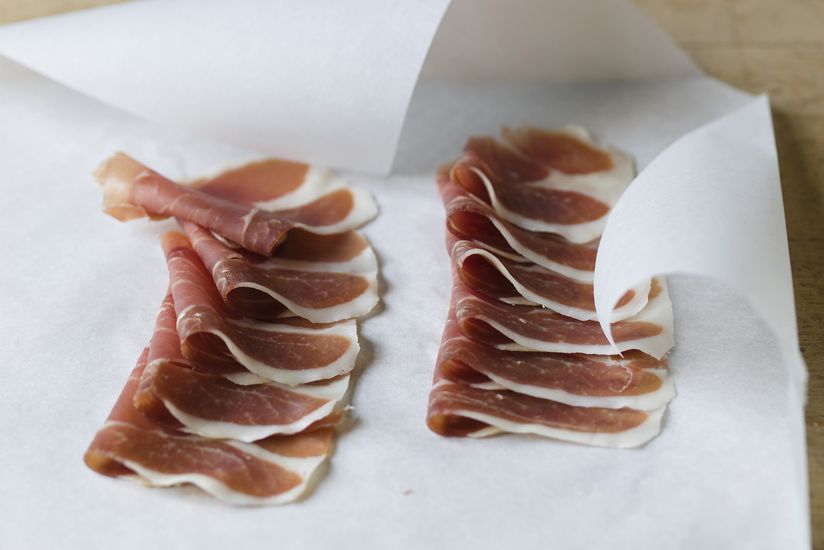A TASTE FOR LUXURY
What makes a food gourmet? Scarce foods such as truffles usually make the grade, as do foods that are complex to produce, such as saffron. One common feature shared by just about all luxury foods is their high price. It's possible, though, to find delicious substitutes. Unless you're a die-hard foodie with the gastronomic equivalent of perfect pitch, you may not be able to tell the difference. (You can also add gourmet touches of your own.)




















